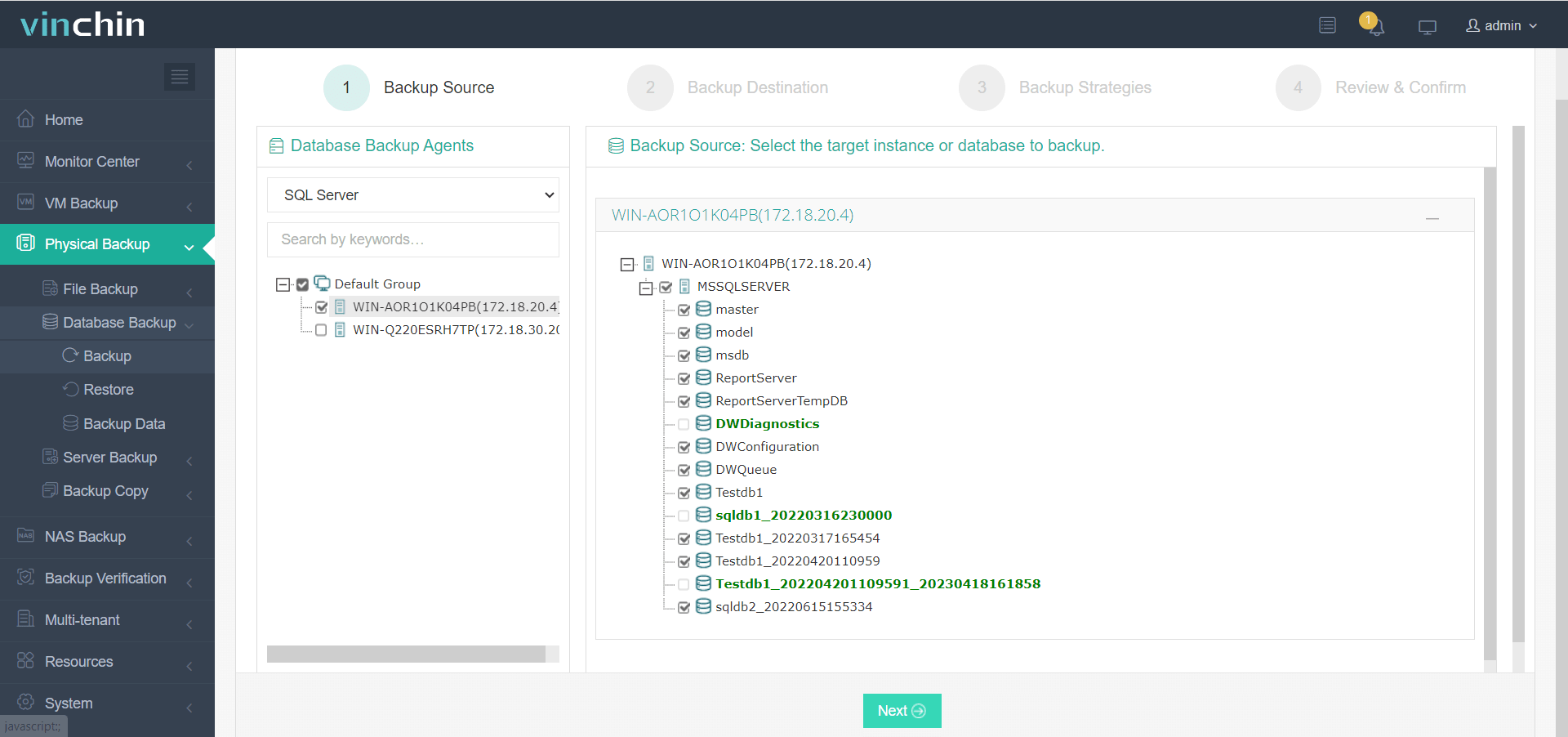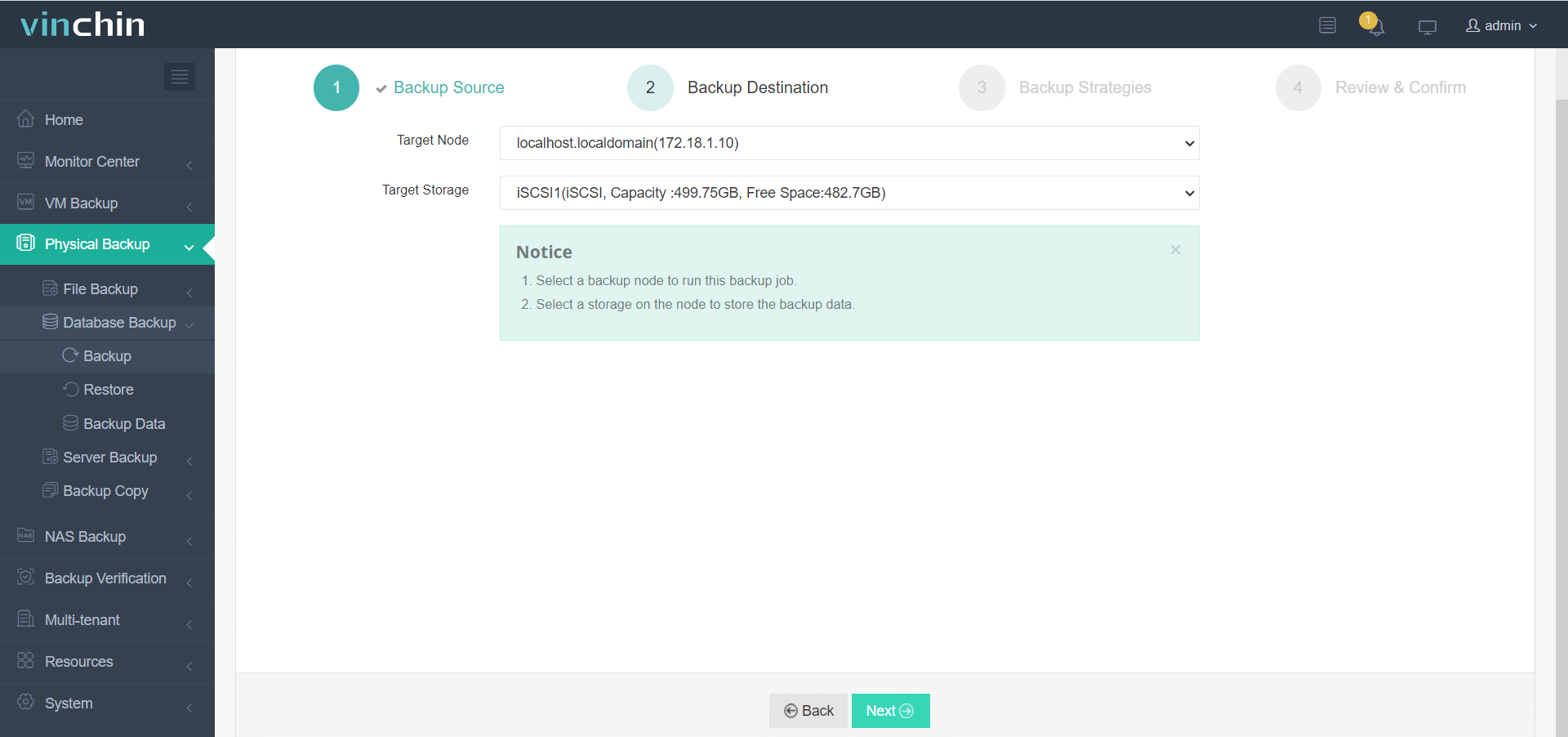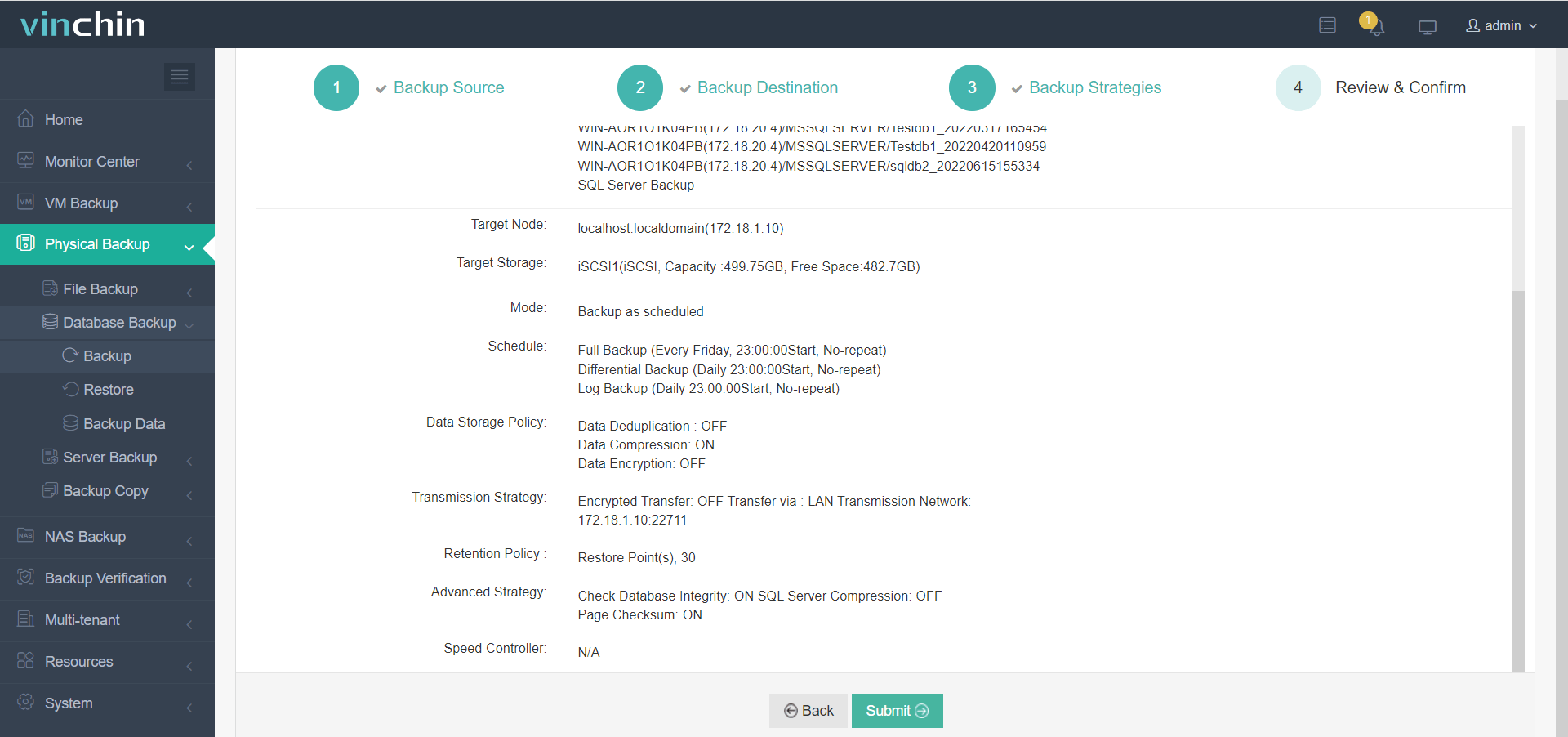-
What Is SQL Server Database Engine?
-
Why Use SQL Server Database Engine?
-
How to Protect SQL Server Databases Using SQL Server Management Studio (SSMS)?
-
How to Protect SQL Server Databases with Vinchin Backup & Recovery
-
SQL Server Database Engine FAQs
-
Conclusion
The SQL Server database Engine sits at the core of Microsoft SQL Server deployments everywhere—from small businesses to global enterprises. It powers your applications by storing data securely and processing queries fast. For IT operations administrators, mastering its features means fewer outages, better performance, and safer data—even when disaster strikes or systems fail unexpectedly.
Downtime can cost money; data corruption can damage trust; slow queries frustrate users daily. That’s why understanding how this engine works—and how to protect it—is essential if you want reliable business systems that scale as you grow.
What Is SQL Server Database Engine?
The SQL Server Database Engine is more than just a storage service—it’s the main service that runs every time you start Microsoft SQL Server. It manages everything from saving records in tables to handling complex transactions across multiple databases.
When you install SQL Server on Windows or Linux, you create one or more “instances.” Each instance acts like a separate server environment—complete with its own logins, settings, security policies, memory allocation rules, and databases—so you can run test environments alongside production without interference.
Within each instance are user-created databases plus four critical system databases:
The master database keeps track of all other databases on that instance;
The model database serves as a template for new ones;
The msdb database schedules jobs like backups;
The tempdb database handles temporary objects used during query execution.
Losing any of these system databases can cause major headaches—sometimes even preventing your server from starting up! That’s why regular backups aren’t just for user data—they’re vital for these internal components too.
SQL Server comes in several editions (Enterprise, Standard, Express), each offering different features—but no matter which version you use or how many instances run on your hardware (up to 50 per machine), the database engine remains at the heart of it all.
Why Use SQL Server Database Engine?
Organizations choose the SQL Server Database Engine because it delivers speed under pressure while keeping sensitive information safe behind robust defenses. Whether your workload involves thousands of transactions per second or massive analytical queries spanning millions of rows—the engine adapts seamlessly thanks to its advanced architecture.
Performance tuning tools help administrators solve bottlenecks quickly:
Use Query Store to track query plans over time;
Analyze execution plans directly in SSMS;
Monitor live activity using Dynamic Management Views (DMVs).
Security isn’t an afterthought either—the engine supports encryption at rest (Transparent Data Encryption), row-level security policies for granular access control, authentication via Active Directory integration or certificates—and detailed auditing so you know who accessed what data when.
Compliance matters too! Many organizations must meet regulations like GDPR or HIPAA—which require strong controls over personal information storage and access logging—and these features help satisfy those legal demands without extra complexity.
Integration with monitoring tools such as Performance Monitor or Extended Events lets admins spot trouble before users notice issues—keeping downtime low while maximizing uptime across mission-critical workloads both on-premises and in hybrid cloud setups.
How to Protect SQL Server Databases Using SQL Server Management Studio (SSMS)?
In today's digital landscape, protecting your company's data—its most critical asset—is a fundamental necessity. A robust backup strategy serves as the primary defense against data loss, whether from accidental deletion, corruption, or ransomware attacks. While SQL Server Management Studio (SSMS) simplifies the process of creating and restoring backups, proactive measures are crucial for ensuring reliability.
Before implementing any new backup procedure, it is essential to regularly validate existing backups using the RESTORE VERIFYONLY command. This non-destructive check confirms the integrity of the backup file, providing assurance that restoration attempts will not fail when most needed.
Furthermore, scheduling regular integrity checks with DBCC CHECKDB is vital for early detection of database corruption. This proactive approach helps prevent minor issues from escalating into major outages that require lengthy and complex recovery operations.
Back up a database graphically:
1. Open SQL Server Management Studio, connect using valid credentials
2. In Object Explorer, expand server node then expand Databases
3. Right-click target DB > select Tasks, then choose Back Up...
4. In dialog box pick desired backup type (Full, Differential, or Transaction Log) depending on RPO/RTO goals
5. Under destination select disk location/file path
6. Click OK, monitor progress/status messages shown onscreen
Restoring works similarly:
1. In Object Explorer right-click top-level “Databases” folder > choose “Restore Database...”
2. Pick source device/file containing valid backup set
3. Select specific backup point/date/time needed
4. Adjust overwrite/settings/options if restoring atop existing DB
5. Click OK/start process/wait until confirmation appears
For automation-minded admins wanting less manual effort day-to-day—PowerShell scripting provides another route:
Back up via PowerShell:
1. Launch Windows PowerShell as administrator
2. Import module (Import-Module SqlServer)
3. Run command
Backup-SqlDatabase -ServerInstance "SERVERNAME" -Database "DATABASENAME" -BackupFile "C:\Backups\YourBackup.bak"
Restoring uses similar syntax but swaps Backup-SqlDatabase with Restore-SqlDatabase plus relevant parameters/files chosen accordingly.
How to Protect SQL Server Databases with Vinchin Backup & Recovery
Beyond native tools, enterprise-grade protection calls for modern solutions tailored specifically for today’s operational challenges in environments running Microsoft SQL Servers and other mainstream platforms such as Oracle, MySQL, MariaDB, PostgreSQL/PostgresPro, and MongoDB. Vinchin Backup & Recovery stands out as a professional solution designed precisely for these needs—including comprehensive support for Microsoft SQL Server environments.
Vinchin Backup & Recovery delivers robust features including advanced source-side compression (for Oracle and SQL Server), incremental backup options tailored to supported platforms like Oracle and MySQL/MariaDB/PostgreSQL variants, batch database backup management, multi-level data compression strategies, and dedicated verification capabilities exclusive to Microsoft SQL Server backups—all ensuring efficient use of resources while maintaining high reliability and compliance standards across diverse infrastructures.
The intuitive web console streamlines protection workflows:
1. Select source SQL Server database(s),

2. Choose target storage location(s),

3. Configure backup strategies,

4. Submit the job.

Join thousands worldwide who trust Vinchin Backup & Recovery’s proven technology—recognized globally with top ratings—for their critical enterprise data protection needs! Start today with a fully featured 60-day free trial by clicking below.
SQL Server Database Engine FAQs
Q1: How do I resolve “cannot obtain a lock” errors during backup?
A1: Identify blocking sessions using sys.dm_tran_locks then kill blockers or reschedule backup during low activity periods.
Q2: What are best practices for scaling my database engine?
A2: Scale vertically by adding CPU/RAM/storage resources or horizontally by partitioning/sharding large datasets across multiple instances/nodes based on workload analysis results obtained beforehand.
Q3: How can I monitor real-time performance issues?
A3: Use Dynamic Management Views like sys.dm_exec_requests/sys.dm_os_wait_stats combined with custom Agent alerts/dashboards tracking key metrics continuously throughout day/night cycles alike.
Conclusion
The SQL Server Database Engine gives operations teams power and flexibility while keeping business data secure around-the-clock—even under stress! Combine native tools with automated solutions like Vinchin for layered protection that minimizes risk yet maximizes uptime every day.
Share on:







